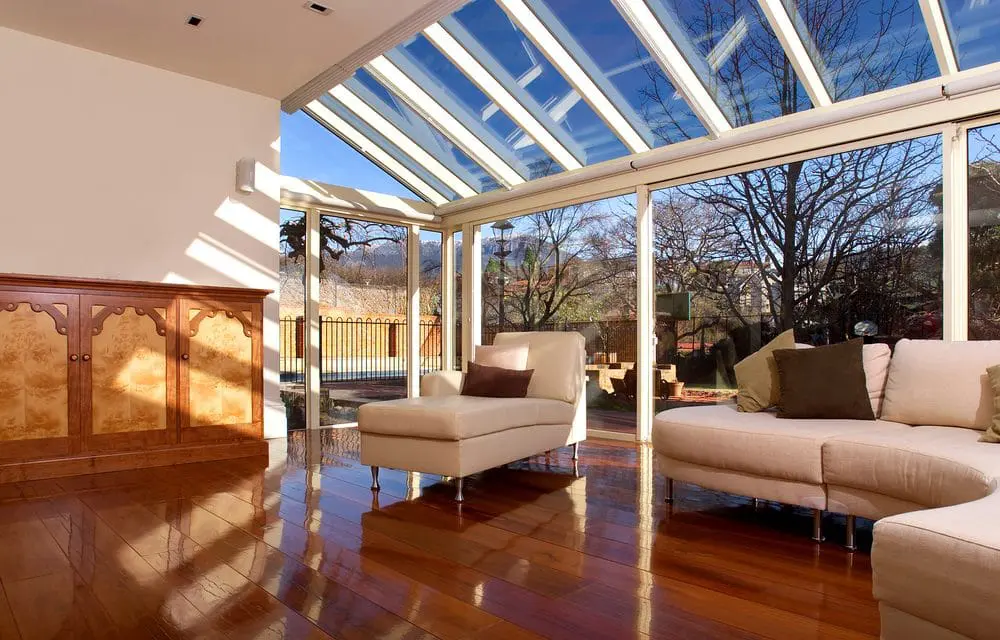Since tiny homes have become a growing trend in America, many communities are considering their use as affordable housing solutions. To be effective, any such project must be carefully planned with input from those with lived experience of homelessness.
Tiny home village leaders were able to respond effectively during the COVID-19 pandemic by increasing physical safety through social connections and combatting isolation. Furthermore, their communities provided dignified care which is often absent in congregate shelters.
1. Michael Chen’s 225-Square-Foot Manhattan Apartment
Michael Chen and his team at his architectural firm used a crawlspace in this Manhattan apartment to house multiple transformable components to create a multifunctional micro-apartment known as Attic Transformer. The Attic Transformer exemplifies their expertise at turning limited living spaces into stylish living areas.
What truly sets this micro-apartment apart is its innovative combination of freestanding furniture with built-in components – which creates an intimate living area while still remaining minimalist and efficient.
Many people enjoy living in tiny homes, but they’re not for everyone. Anyone who dislikes clutter or prefers larger living spaces might find the lifestyle disconcerting or unsafe if your area regularly experiences natural disasters; on the other hand, if you value going green and saving money with rent costs then a smaller home might just be perfect!
2. Maayan Zusman’s 54-Square-Meter Apartment
The Tiny House Movement has spread around the globe and been linked with many positive outcomes ranging from environmental protection, financial independence, and even lifestyle freedom. But why do so many people find this form of living attractive?
Tiny homes may not be for everyone; however, those who embrace this way of living may find that its benefits outweigh its drawbacks. If you love nature and nature-inspired living arrangements such as parks and green spaces then perhaps tiny home living is for you!
Maayan Zusman and Amir Navon managed to fit an apartment featuring two bedrooms, four bathrooms and dining space into just over 55 square meters in Tel Aviv. Instead of partition walls to divide living areas into zones, they used storage cupboards to loosely segregate them while making the space feel bright and airy.
3. Matthew McConaughey’s Australian Tiny Home
McConaughey wears many hats (film professor to soccer team owner), but his Wild Turkey sponsorship led him down a new path: designing off-grid wilderness cabins. Recently he unveiled The Reserve, a solar-powered cabin designed to foster creativity featuring sleek desks and compact workspaces that foster moments of inspiration.
Permanent foundations present their own set of challenges when considering living off-grid; for instance, most zoning laws require minimum-sized builds that can be difficult for smaller homes to meet. Homeowners opting for tiny houses requiring foundations must also familiarize themselves with local codes; some communities of tiny houses have been formed specifically to assist homeowners in this regard. Finally, future owners need to understand their responsibilities regarding maintenance.
4. Kodasema’s 326-Square-Foot Micro-Homes
Downsizing to a tiny home offers numerous advantages, from lower monthly expenses and less clutter to providing clarity and purposeful living environments.
If you live in an area prone to tornadoes, hurricanes or other natural disasters, taking steps to secure your tiny house may be necessary; for instance following mobile home guidelines and installing storm shutters. Furthermore, investing in a shed or collapsible covered porch for storage of items not frequently needed would also be prudent.
Estonian firm Kodasema has designed a prefab, prefabricated tiny house called the KODA that can be built within 24 hours. Measuring just over 300 square feet and offering kitchen, bathroom and sleeping loft, as well as options suitable for classroom, cafe or office usage, this prefabricated micro home takes just one day to assemble.




